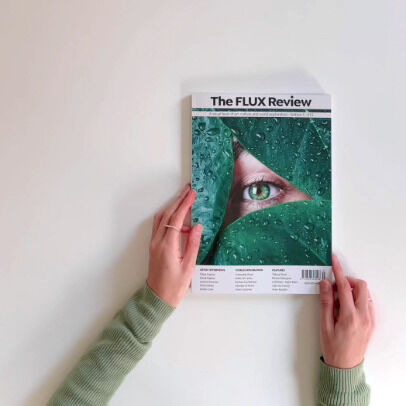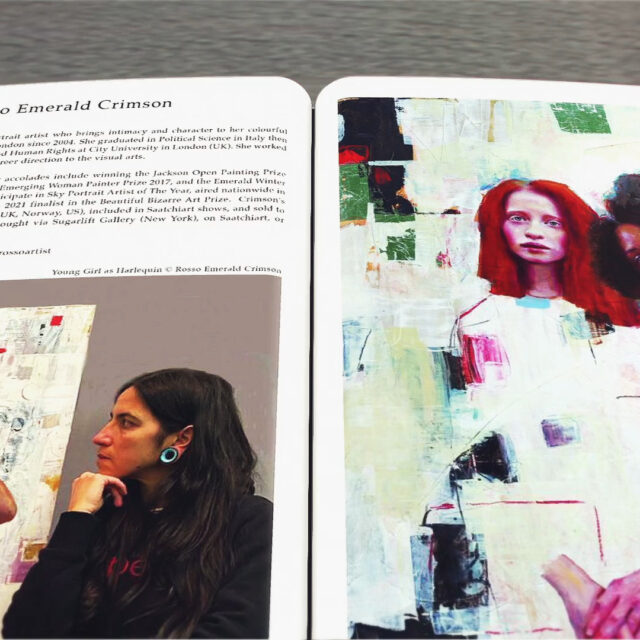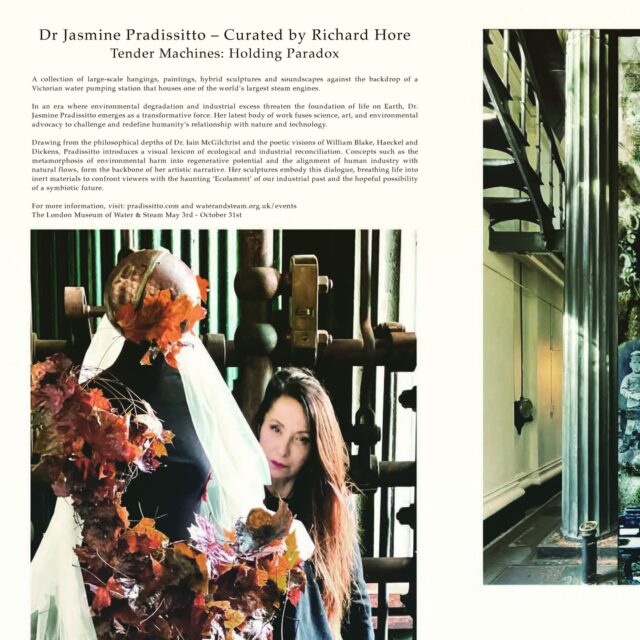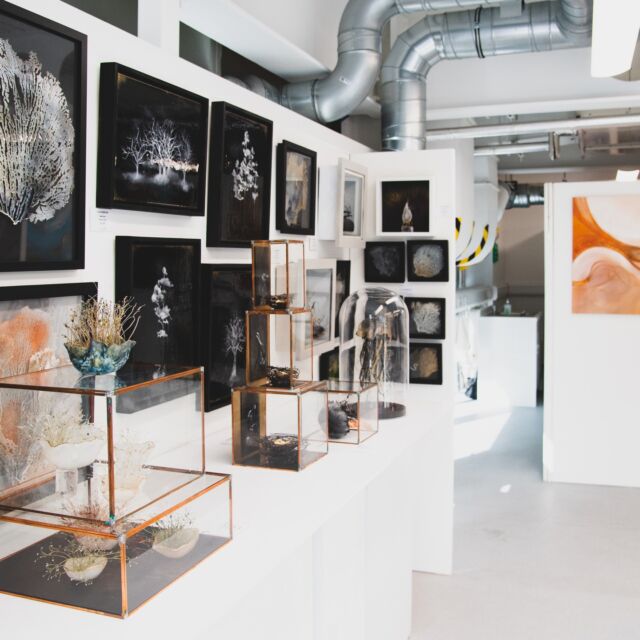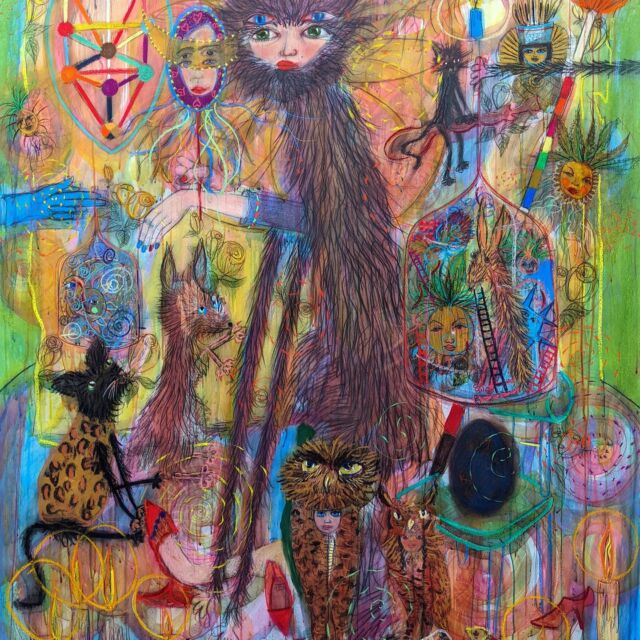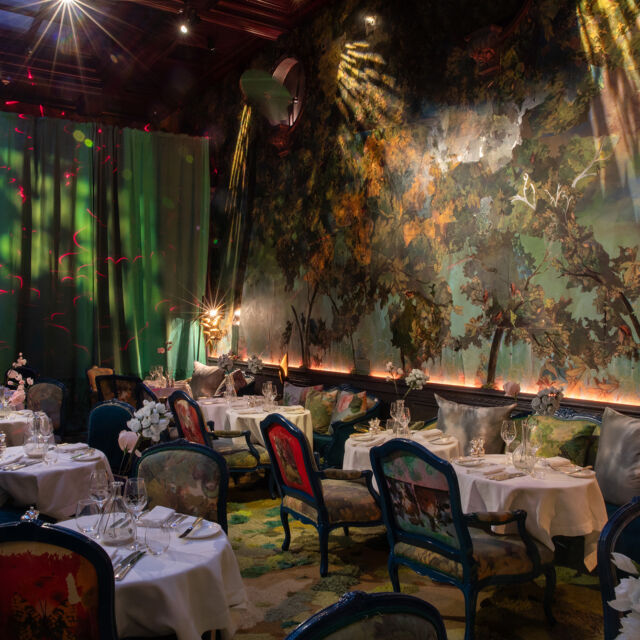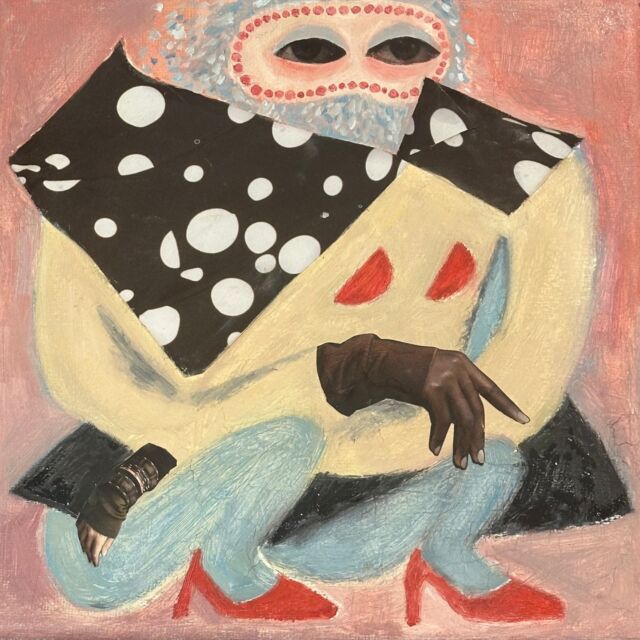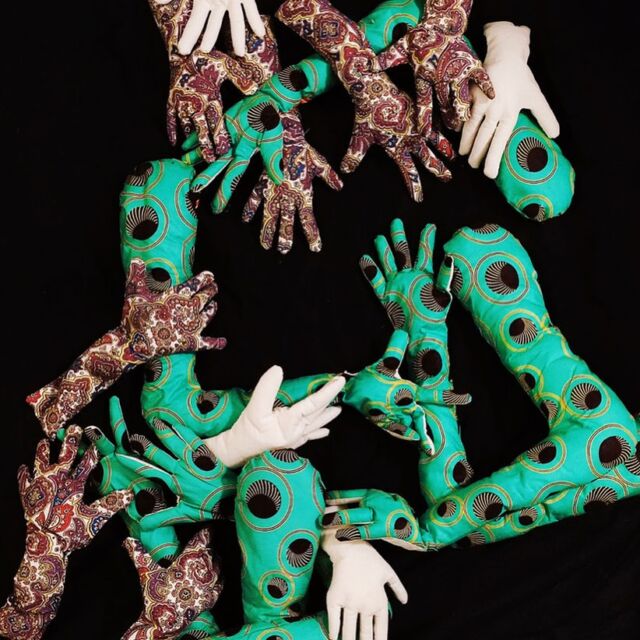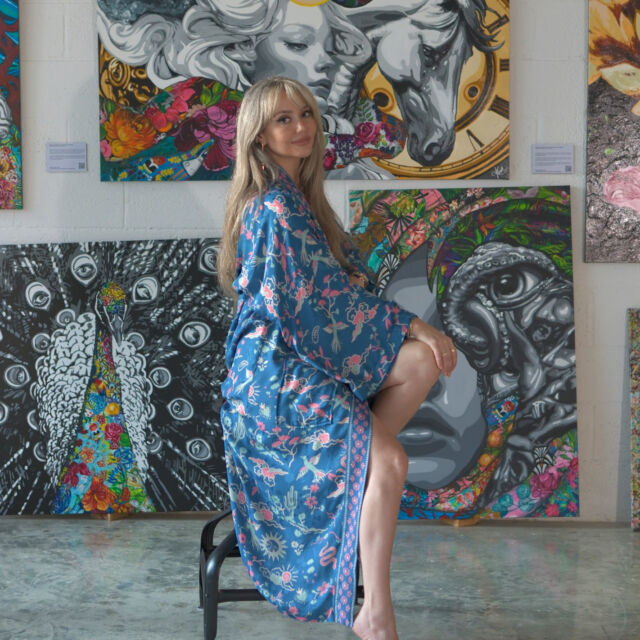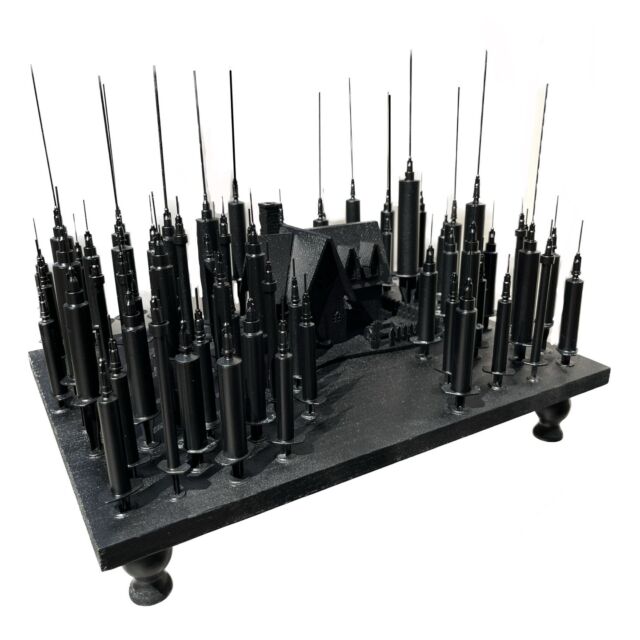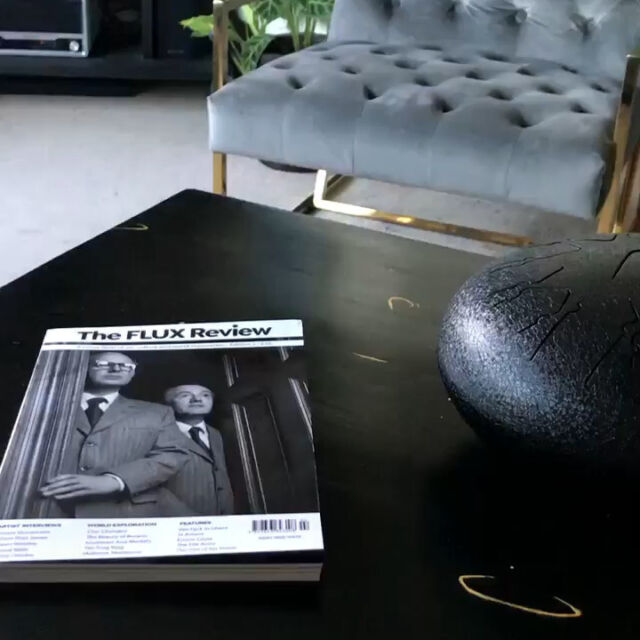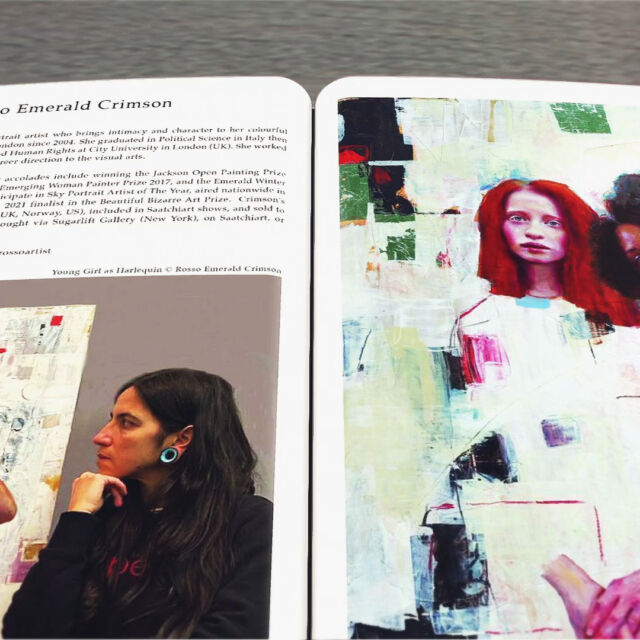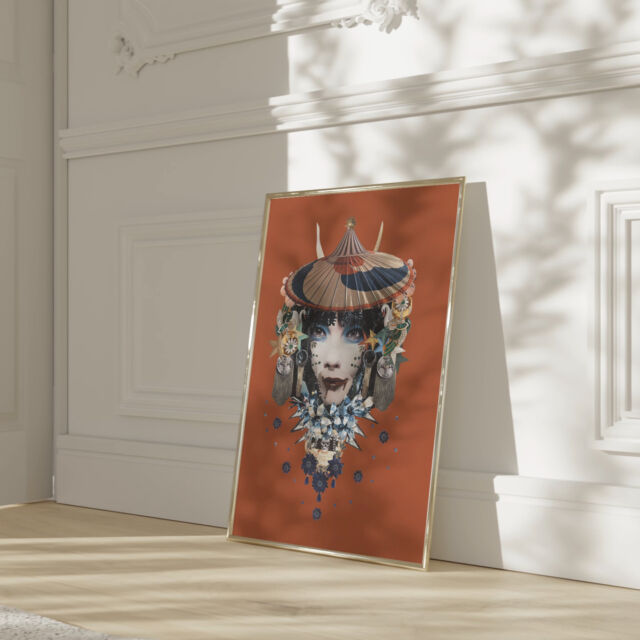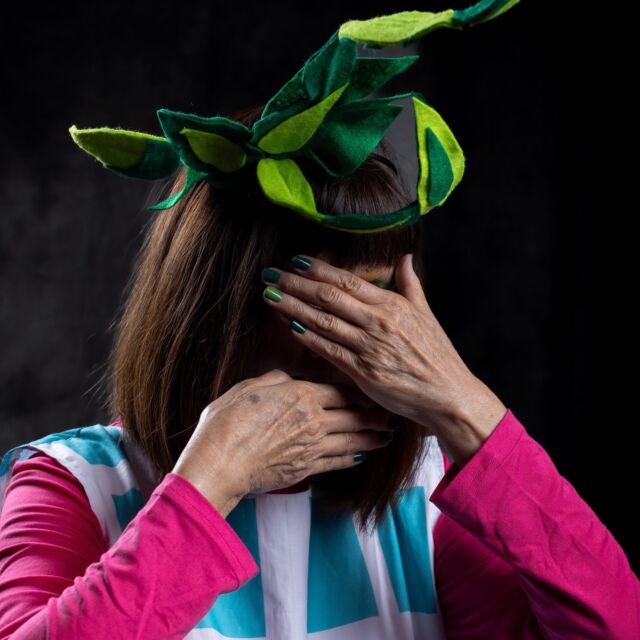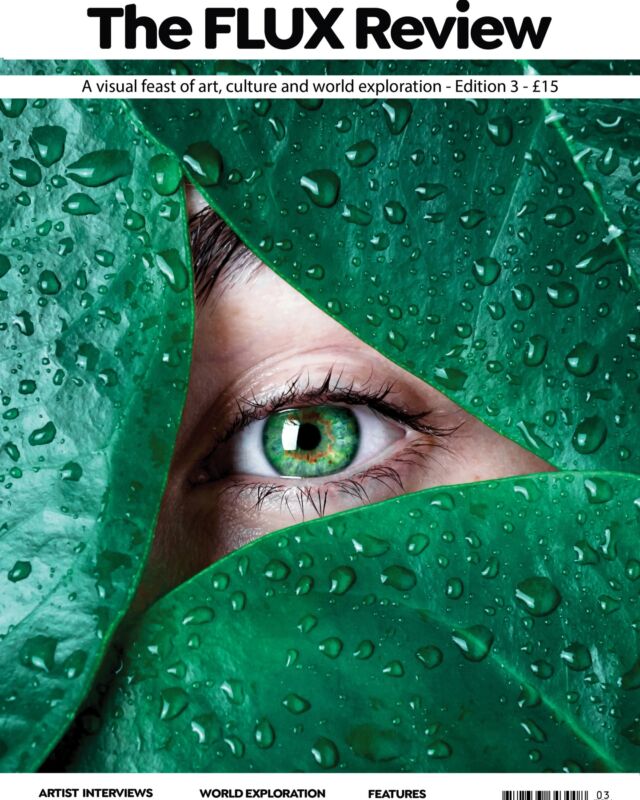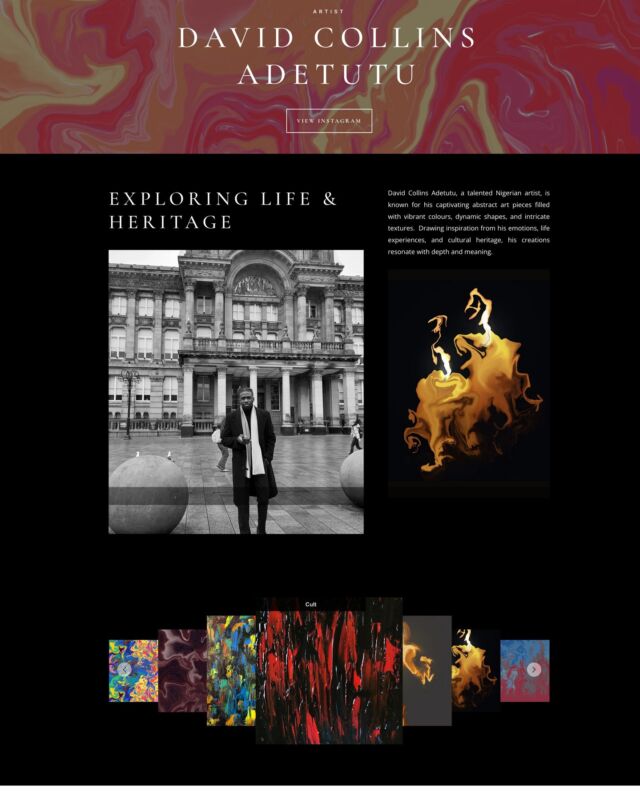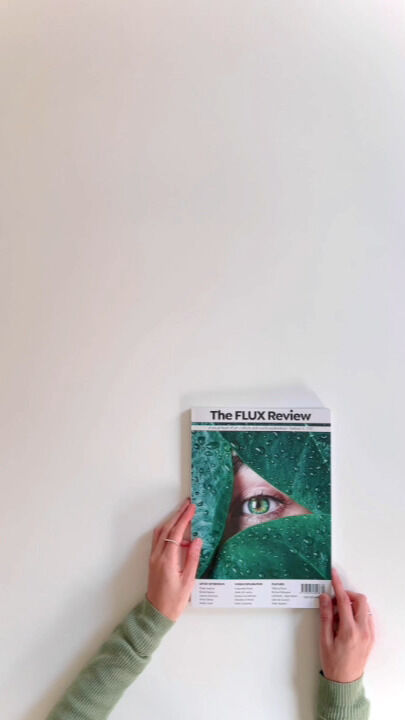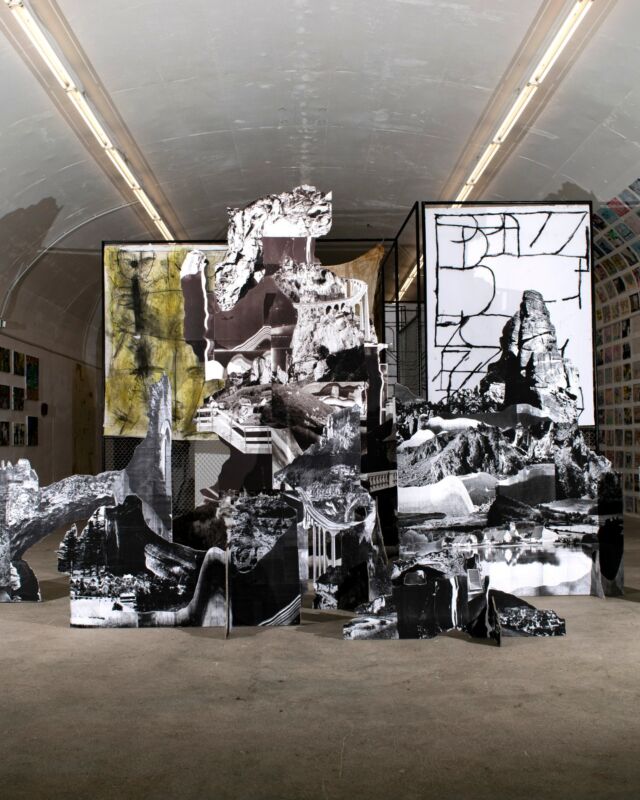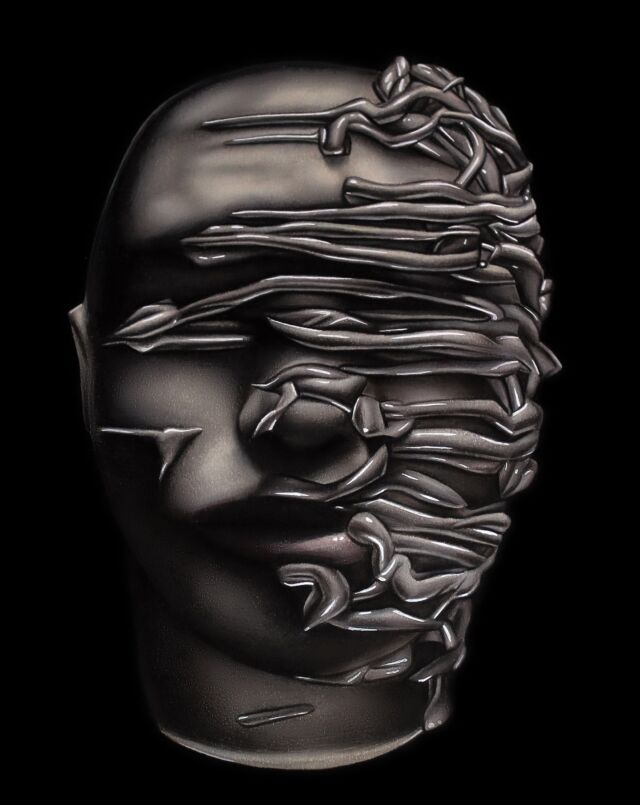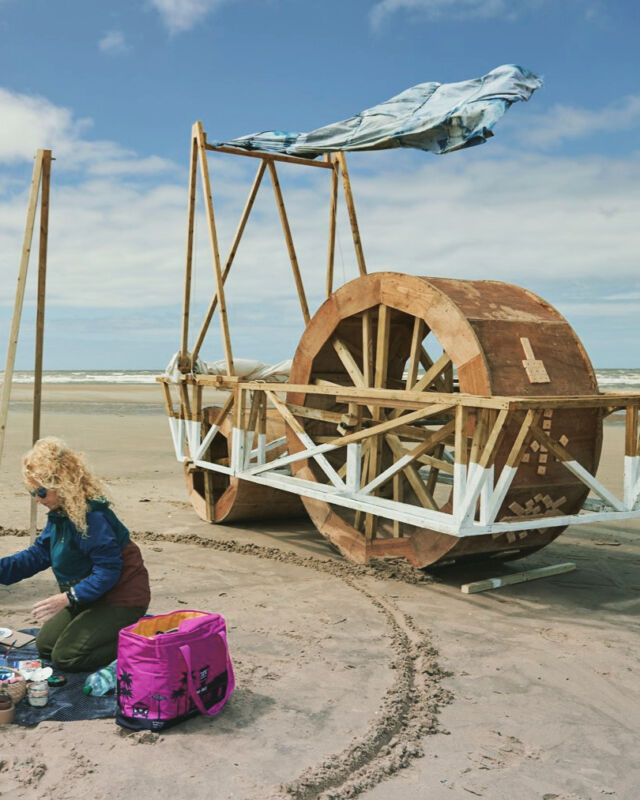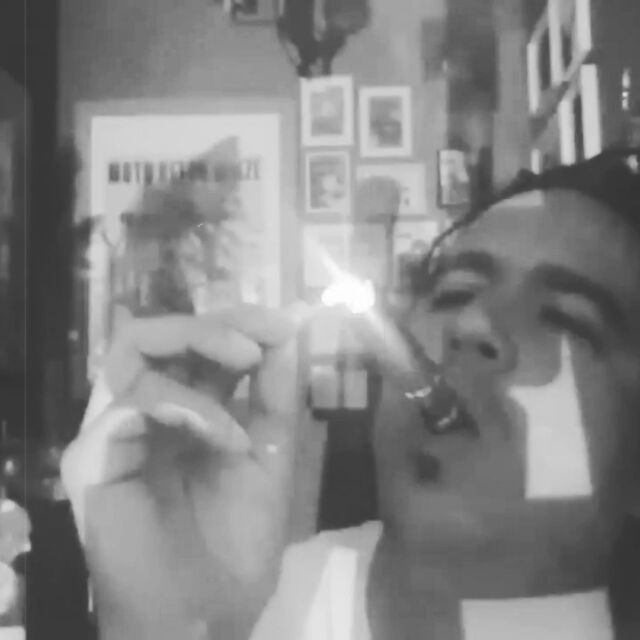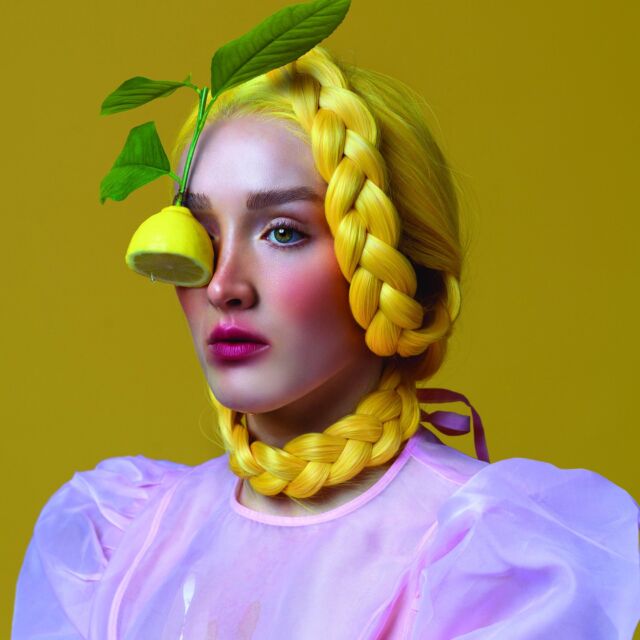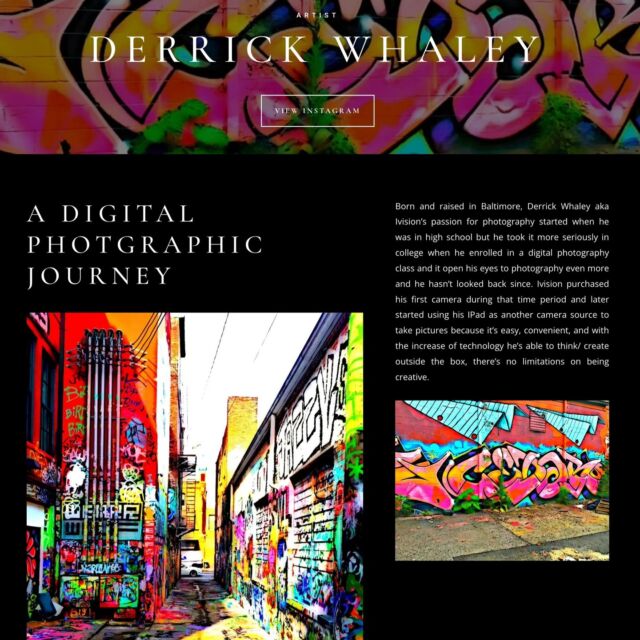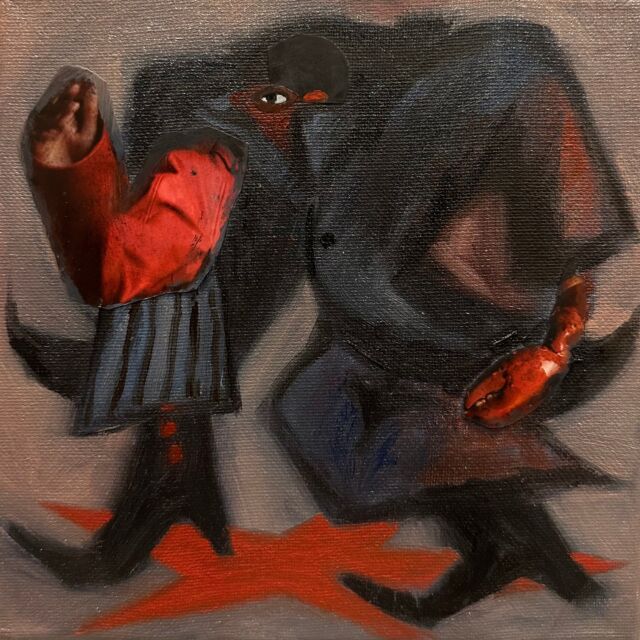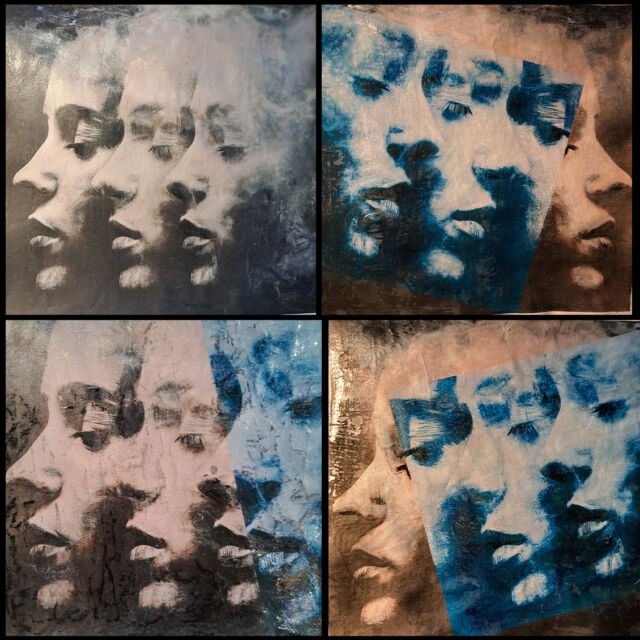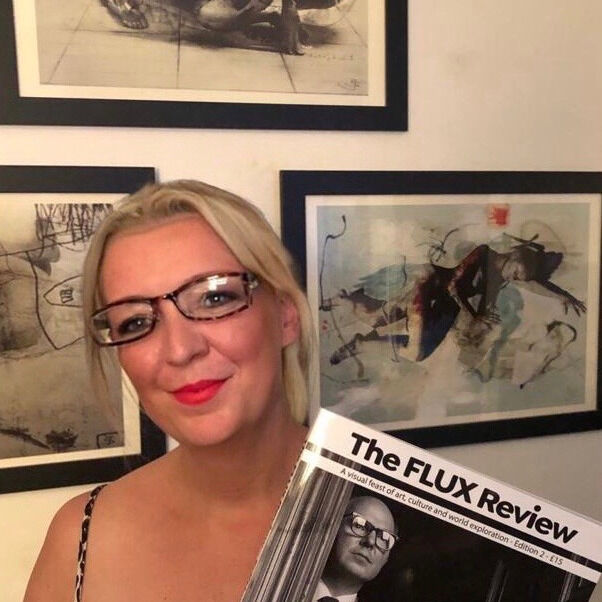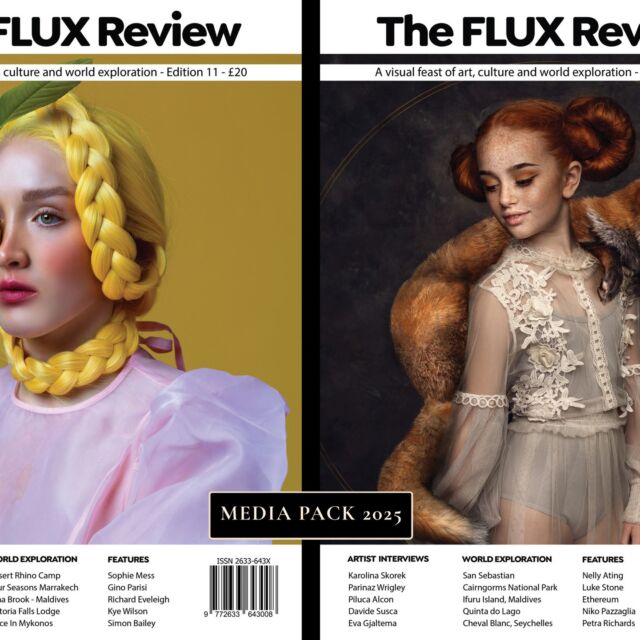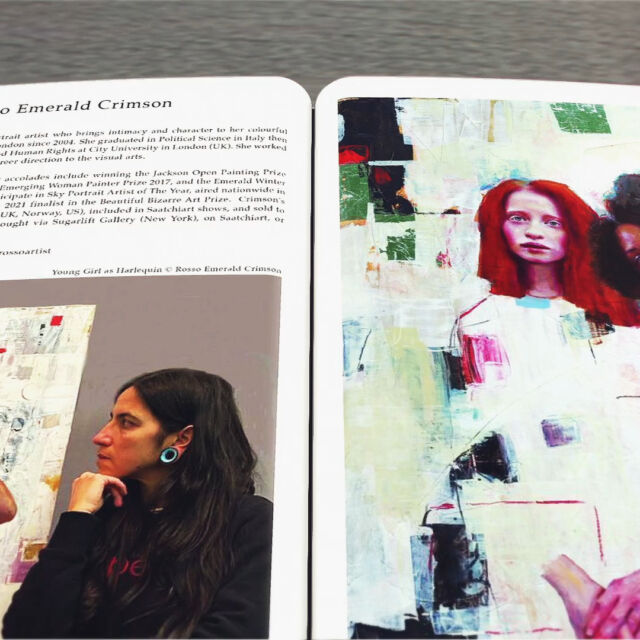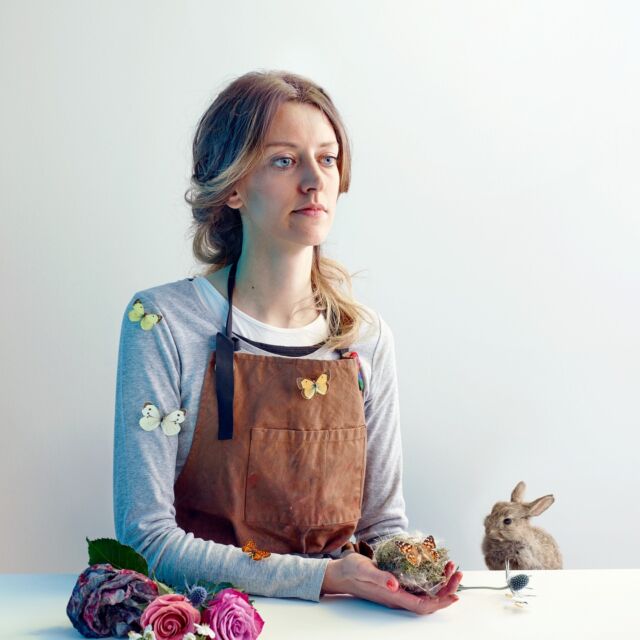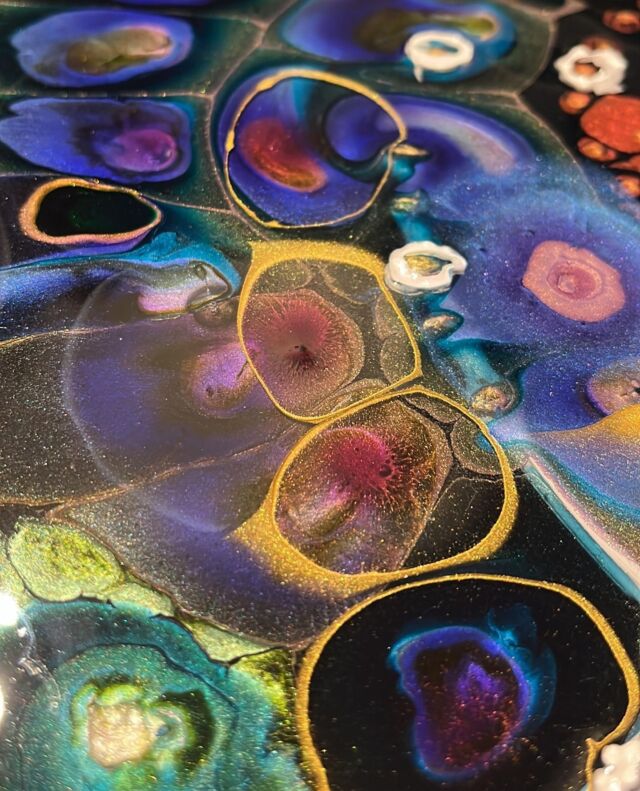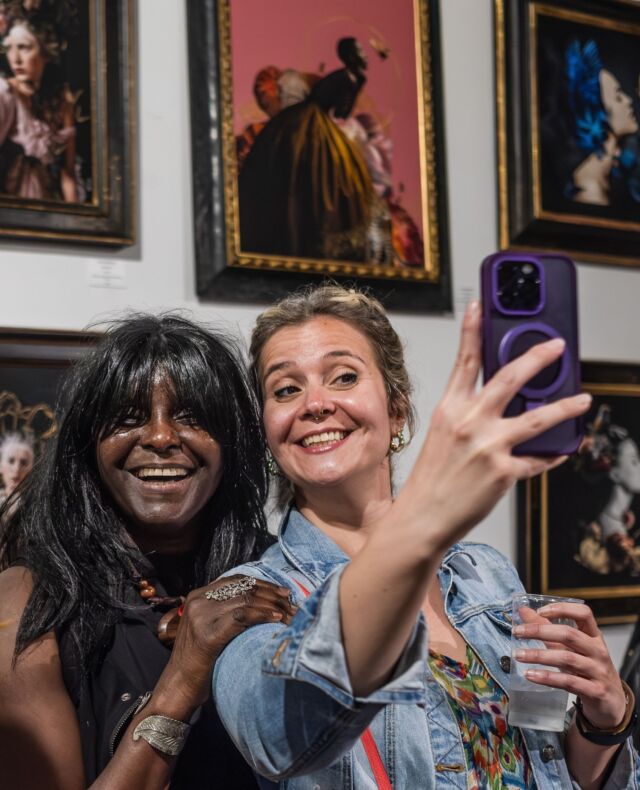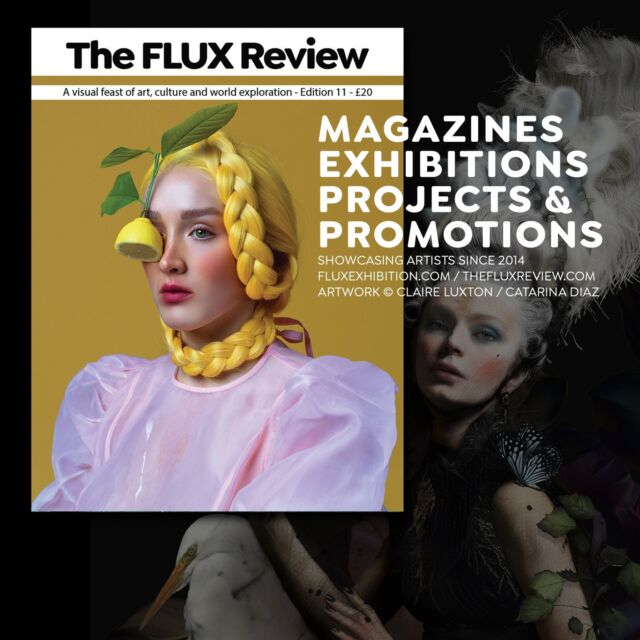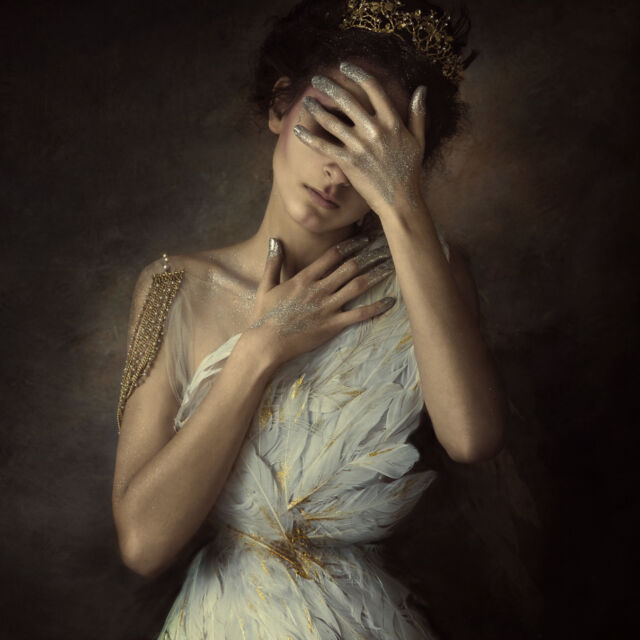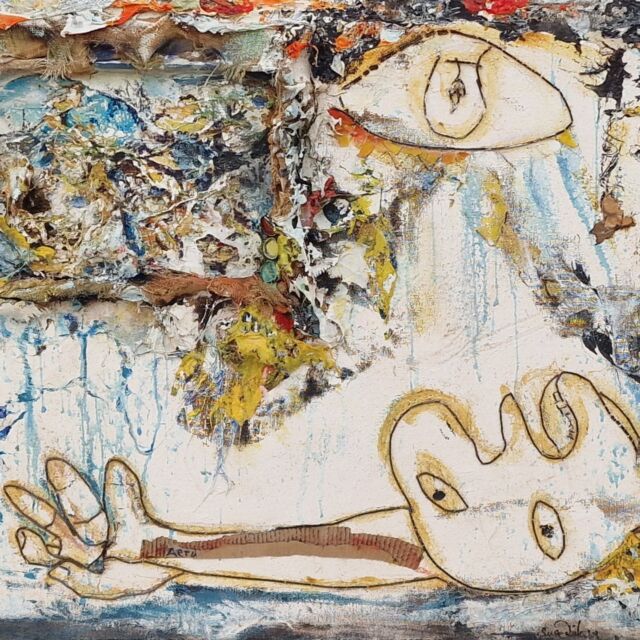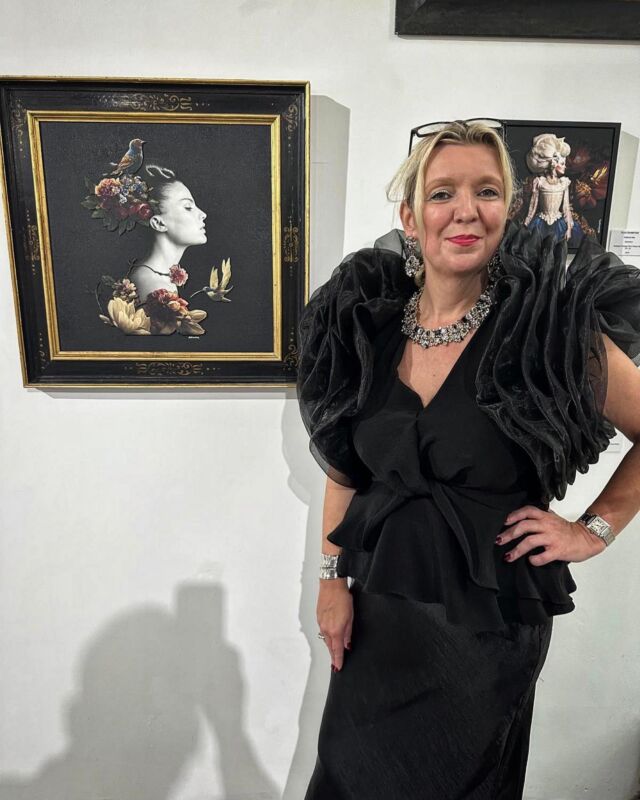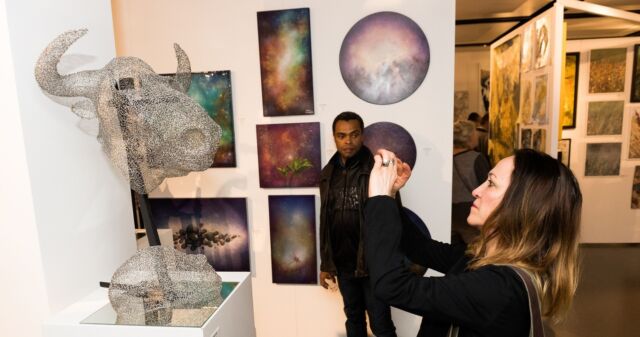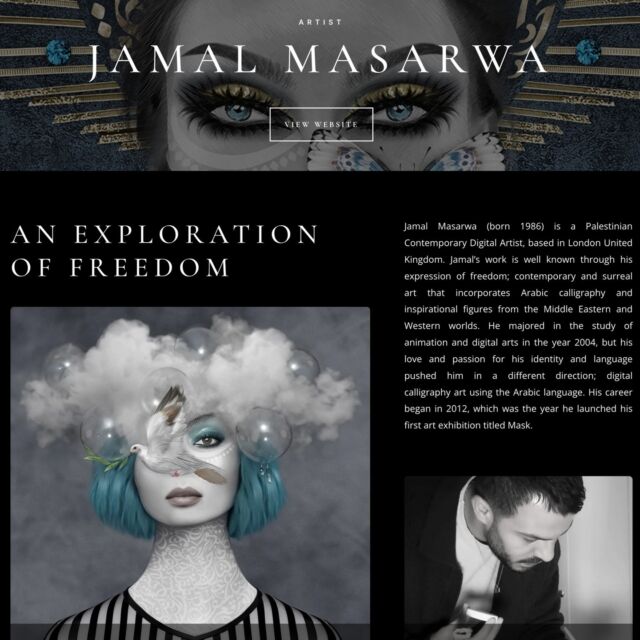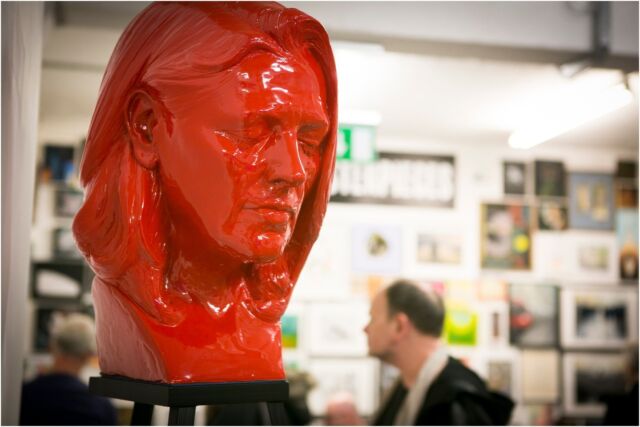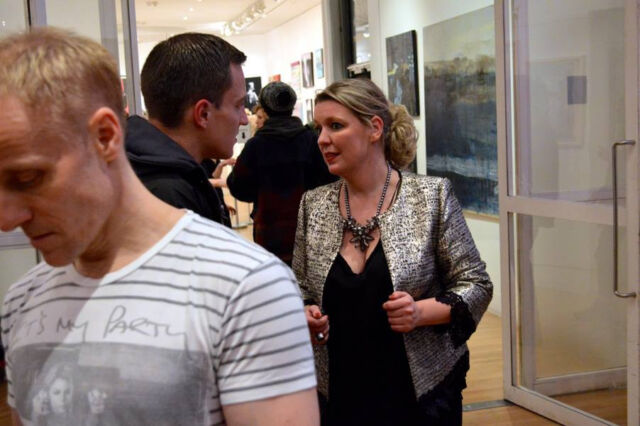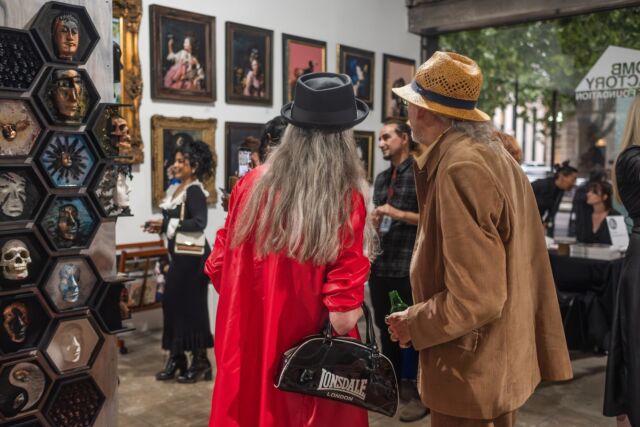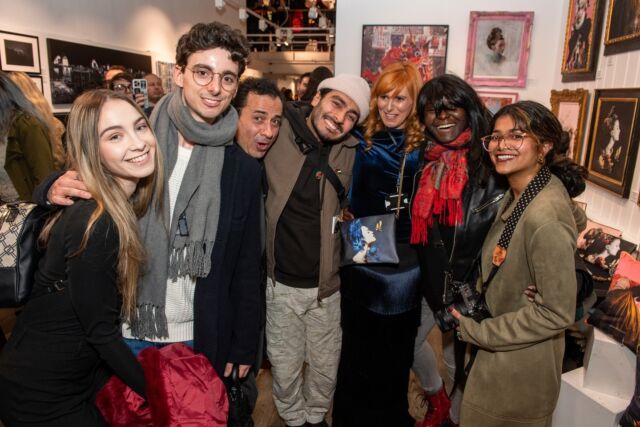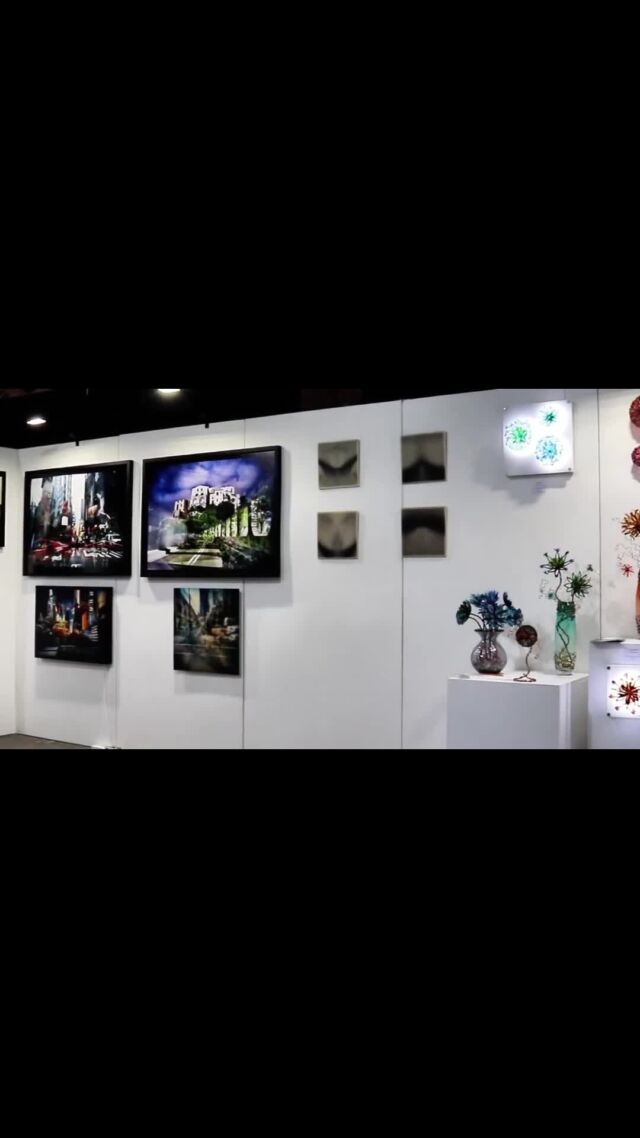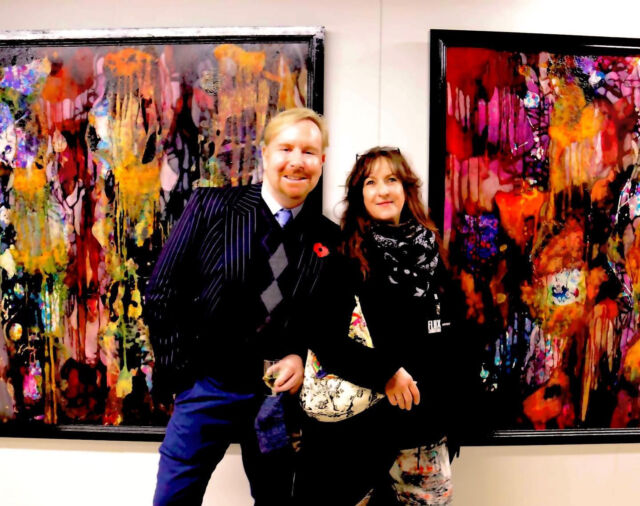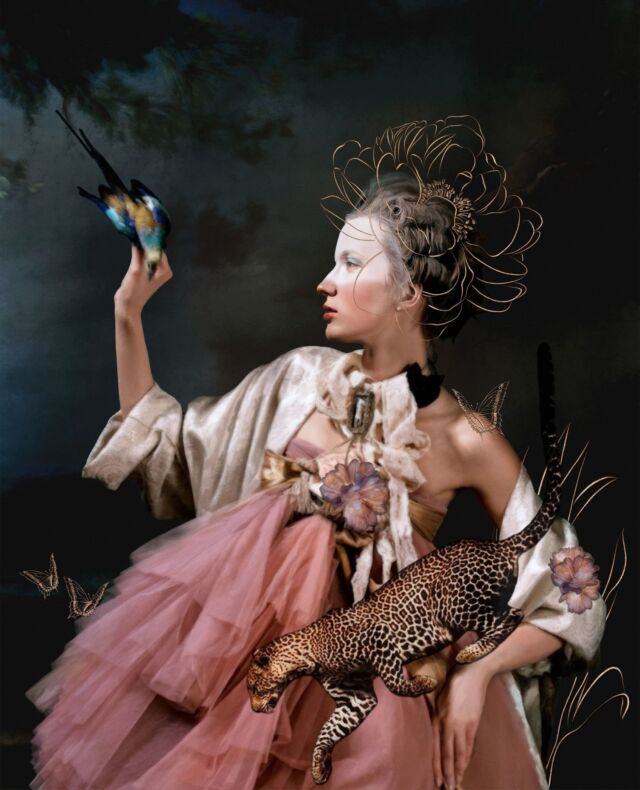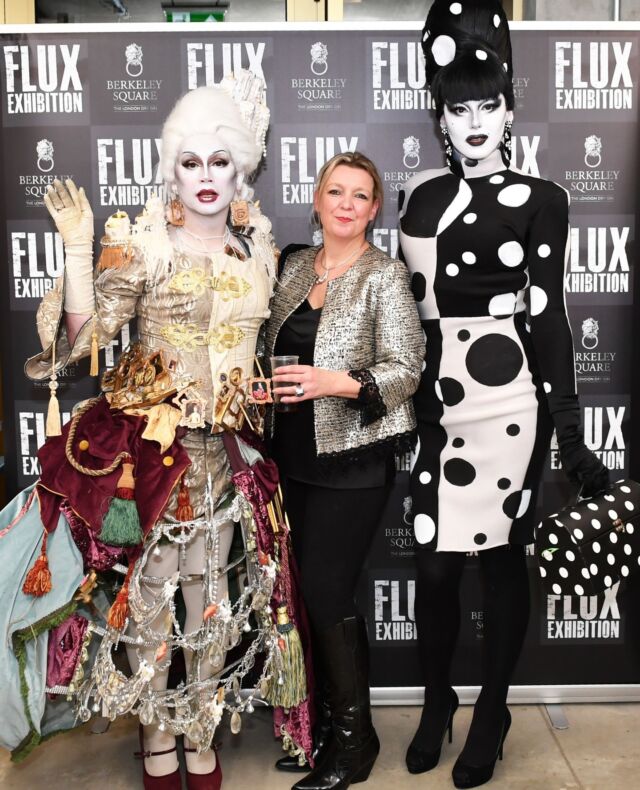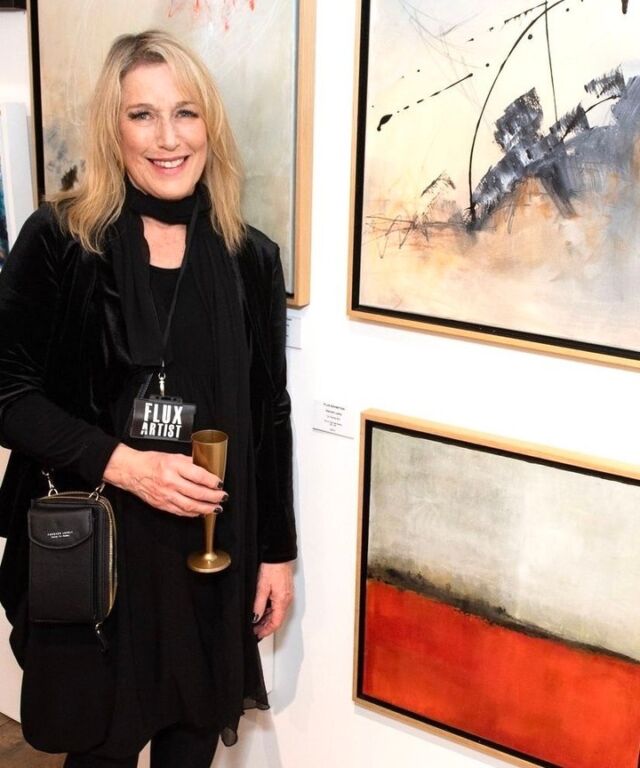The trouble with Filthy Lucre: Whistler’s Peacock Room Reimagined is that it isn’t filthy enough. US artist Darren Waterston has created a ruinous installation full of misted mirrors and eerie sounds. It should squat there like a disease. but it’s a well-behaved evocation of decay that fades from the mind.
When did American art become so ordinary? Not on Whistler’s watch. James Abbott McNeill Whistler was the first modern artist the US produced – a dandified 19th-century avant-garde cowboy who got thrown out of West Point military academy before mingling with Manet and Baudelaire in Paris and rivalling Wilde as leader of Britain’s aesthetic movement. Whistler’s most splendid claim to be King of the Aesthetes was the Peacock Room, an opulent dream-place in blue and gold that he created for London art collector Frederick Richard Leyland, today preserved by the Smithsonian in Washington DC.
Filthy Lucre imagines the Peacock Room derelict, like a forgotten chamber in an abandoned southern gothic mansion. The blue ceiling sags. Gilded stalactites drip from a shelf and molten gold congeals in a pathetic pool. Every detail of Whistler’s original has been comically transformed. A portrait above the fireplace has been turned into a sinister, ape-like figure from an Edgar Allan Poe story.

Unfortunately, it doesn’t take long to register all this. What is the correct amount of time to immerse yourself in an immersive installation? Visitors to the original Peacock Room might have dined or sipped tea – as you can do in the V&A’s Victorian cafe rooms today. But this is like standing around on a stage set without a play to watch. We’re just hanging out. Like many 21st-century artists, Waterston gives us a durational crutch in the form of a soundtrack: its untuned strings and whispering voices suggest we should stick around for a while.
There is also a historical anecdote to untangle. Filthy Lucre takes its title from Whistler’s 1879 painting The Gold Scab: Eruption in Filthy Lucre (The Creditor), a caricature of his patron Leyland as a gold-faced, peacock-bodied monster. He painted him after their dealings turned sour. Whistler went so gleefully over budget on the Peacock Room that Leyland refused to pay up. The artist then went bankrupt after an attempt to sue the critic John Ruskin backfired – and Leyland was his biggest creditor. The gilded squalor of Waterston’s installation projects this tragicomedy of art and money into the Peacock Room with wall paintings of pairs of peacocks – artist and client – facing off and finally dancing to the death, each with the other’s intestine in its beak.
Those intestines are the closest we get to horror. That’s the trouble with gold – it always looks good. Art exhibitions (as opposed to blockbusters on food, ocean liners and cars) are getting so rare at the V&A that I should be more grateful. But Filthy Lucre doesn’t do enough as either contemporary art (it’s too charming) or history (it’s obscure and tangential). If the V&A wants to celebrate Whistler, why not do it properly with some of his actual works? This showette just hints at how interesting he was. Meanwhile, Waterston’s installation feels like something that has just washed up on the shore, like some alluring but pointless driftwood.
• Filthy Lucre: Whistler’s Peacock Room Reimagined opens at the V&A, London, on 25 January.




